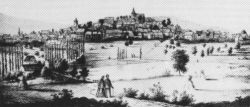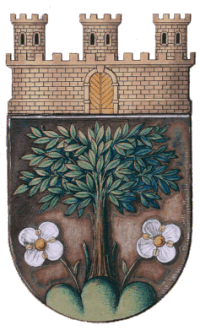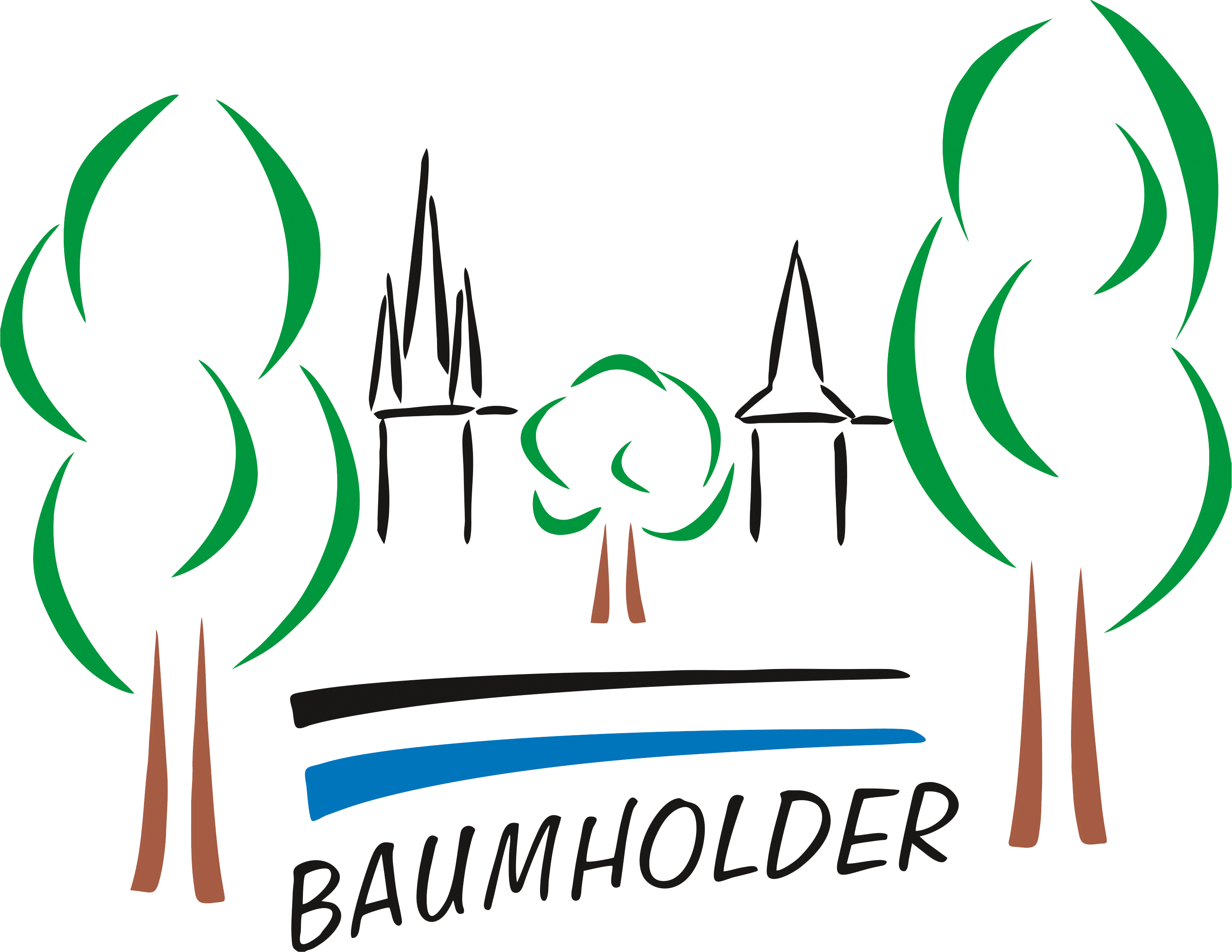
The town of Baumholder is located in the old settlement area in the northern part of the Saar-Nahe-Bergland.
Findings show that around 50 B.C. Roman soldiers moved through the present-day urban area, the Celts and from about 500 A.D. the Franks south of the wooded mountain massif of the Winterhauch settled.
“Bemondula” was first mentioned in 1156 in the possession of the Bishop of Verdun. In the 14th century it came under the rule of the Counts of Veldenz, in 1444 it became Palatinate-Zweibrücken. it entered the domain of the Counts of Veldenz, it became Palatinate-Zweibrückisch in 1444. Until the French Revolution, Baumholder was the seat of a two-wheeled school thesis. In 1490, the Duke of Zweibrücken admitted to fixing the patch. Although the town did not receive any outstanding town rights, its status was brought closer to that of a city by a number of privileges.
In French times Baumholder was the center of a canton in the district Birkenfeld. After the Congress of Vienna, it remained the cantonal capital in the Saxe-Coburg Principality of Lichtenberg until it became mayor in the Prussian district of St. Wendel in 1834. From 1835 Baumholder was allowed to call itself the city.
In 1880, devastating fires hit the city. Therefore, most of the surviving buildings in the old town center, whose extent can still be traced to the course of the late medieval city wall, were built after this period. As a result of the First World War, parts of the district of St. Wendel were slammed into the Saarland and Baumholder was the seat of the administration of the so-called remaining district of St. Wendel-Baumholder. The Greater Hamburg Act of 1937 created the Prussian district of Birkenfeld from the hitherto Oldenburg part of Birkenfeld and the rest of the district. In 1938, a military training area was built in the north and east of the city on an area of just over 12,000 hectares, for which 14 villages were abandoned, causing Baumholder to lose most of its mayoralty.

The settlement of large american troops since 1951 has greatly expanded the urban area and strongly influenced the development of the city. In 1969, Baumholder became the municipality of Baumholder, which also includes the administration of the city.
Until the 20th century, Baumholder’s population lived mainly from agriculture. In the years after World War II, the military training ground was the largest employer. Today, crafts and commerce play a major role in the city’s economic life.
In the “History Workshop-Baumholder” there is a reference to existing media, offers help for home and family research, and promotes exchanges on these topics.
